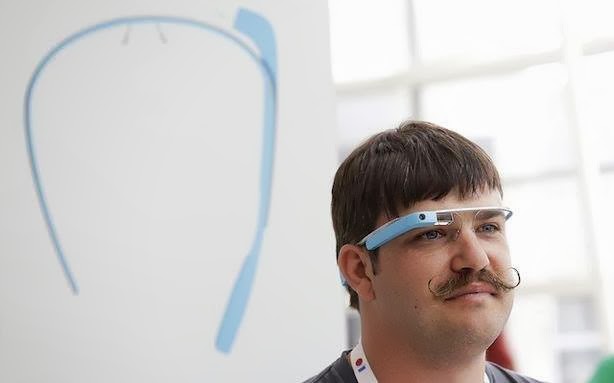
Miso is a versatile seasoning made by fermenting soybeans and a grain like barley or rice. I often get asked how it can be used, aside from in miso soup, and my answer is that it can be used almost anywhere in place of salt.
It’s delicious in breads, dressings, sauces, soups, stews, pastas…well you get the idea. Here’s an easy way to turn boiled new potatoes into an irresistible side dish by caramelizing miso with a few other ingredients onto the bite-sized taters.

With butter, chili paste, garlic and miso, I kind of figured this would taste good as I planned the recipe out, but I was honestly surprised at just how good they were. The aroma of browned butter and caramelized miso with garlic will open up the taps on your drool glands and make you want to lick the air around you. It took all the restraint I could muster to keep myself from popping the sizzling spuds straight into my mouth from the pan.

Pair these with a frosty IPA and you’ll swear you’ve died and gone to heaven. They’re also just as good cold, so if you’re planning a picnic or are headed to a potluck, here’s the dish to bring.

Spicy Miso-Glazed Potatoes

Can't get enough miso? Food blogger, Marc Matsumoto, explains many ways to use miso in a full post on the Fresh Tastes blog.
Ingredients
- 520 grams (18.3 ounces) small new potatoes
- 2 tablespoons miso
- 1 tablespoons sake
- 1 tablespoons water
- 2 teaspoons brown sugar
- 1/2 teaspoon Doubanjiang, or your favorite Asian chili paste
- 1 small clove garlic, grated
- 2 tablespoons butter
- 1 scallion, finely sliced
Directions
- Scrub the potatoes clean, put them in a pot, and cover with 2-inches of water. Add 2 tablespoons of salt and bring the water to a boil. Turn down the heat to a gentle simmer and boil until the potatoes are easily pierced with a toothpick.
- In a small bowl, whisk the miso, sake, water, brown sugar, Doubanjiang and garlic together.
- When the potatoes are done, drain them and let them air-dry in the strainer until the skins become papery.
- Heat a frying pan over medium high heat until hot. Add the butter and melt.
- Add the potatoes and fry, allowing them to brown on one side, before gently flipping them over and browning the other side.
- Add the sauce and continue frying, rolling the potatoes around to coat them with the sauce. It’s done when there is no liquid left and the sauce has caramelized on the outside of the potatoes.
- Plate the potatoes and garnish with scallions.
Yield: 2 servings
 Marc Matsumoto is a culinary consultant and recipe repairman who shares his passion for good food through his website norecipes.com. For Marc, food is a life long journey of exploration, discovery and experimentation and he shares his escapades through his blog in the hopes that he inspires others to find their own culinary adventures. Marc’s been featured in the New York Times, Wall Street Journal, and USA Today, and has made multiple appearances on NPR and the Food Network.
Marc Matsumoto is a culinary consultant and recipe repairman who shares his passion for good food through his website norecipes.com. For Marc, food is a life long journey of exploration, discovery and experimentation and he shares his escapades through his blog in the hopes that he inspires others to find their own culinary adventures. Marc’s been featured in the New York Times, Wall Street Journal, and USA Today, and has made multiple appearances on NPR and the Food Network.
The post A New Way to Use Miso: Spicy Miso-Glazed Potatoes appeared first on PBS Food.


 Good morning, marketers. We're trying out a new feature -- a little roundup of news to help you start your day. Sort of an Egg McMuffin, but made out of content. If you like it, we'll keep doing it. If you don't, well, we'll just have to find something else to do in the wee hours of the morning. Give us some feedback in the comments? Thanks.
Good morning, marketers. We're trying out a new feature -- a little roundup of news to help you start your day. Sort of an Egg McMuffin, but made out of content. If you like it, we'll keep doing it. If you don't, well, we'll just have to find something else to do in the wee hours of the morning. Give us some feedback in the comments? Thanks.














